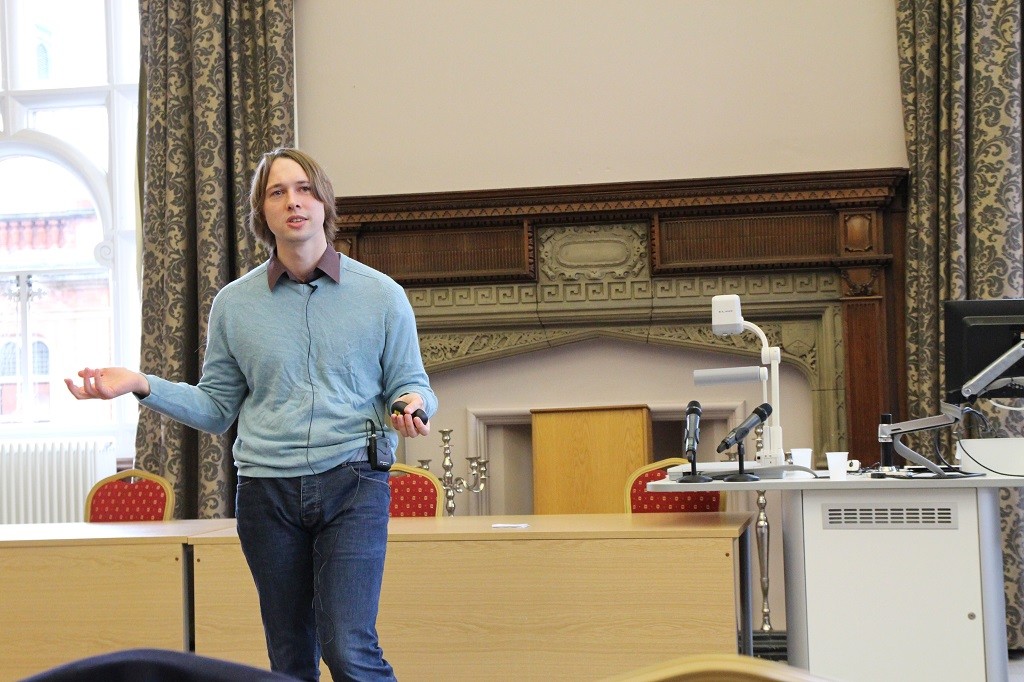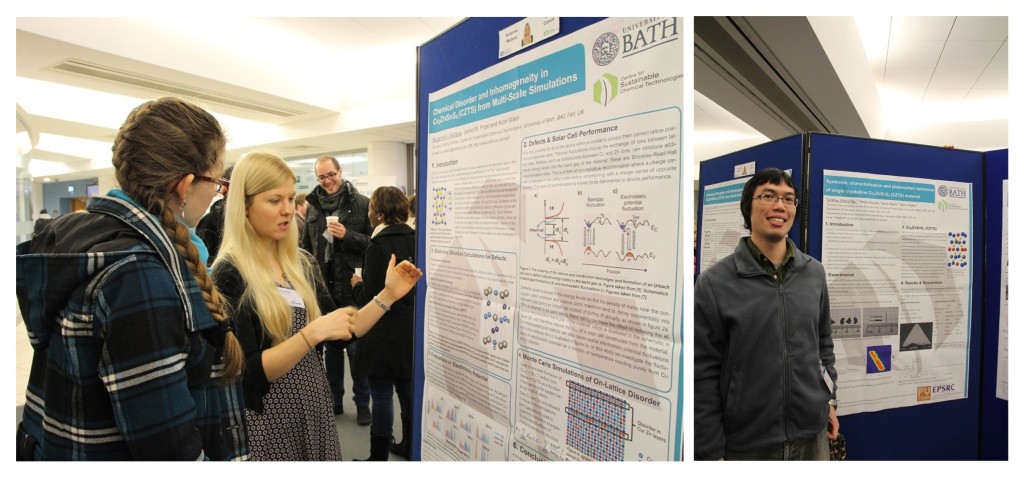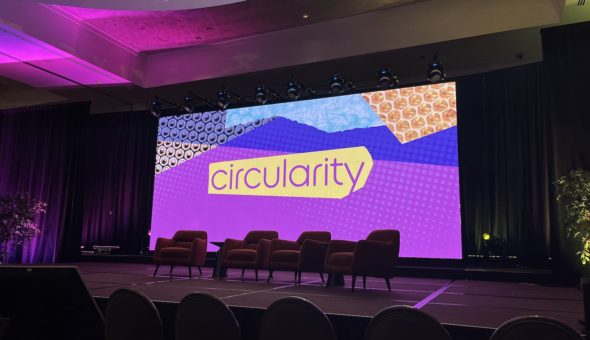This post is contributed by Mako Ng.
A trio of CSCT students (Adam Jackson, Suzy Wallace and I) attended the 6th European Kesterite Workshop at Northumbria University, Newcastle.
A little bit of background about us; all three of us are working with an earth-abundant, non-toxic photovoltaic material called kesterite, which is made from copper, zinc, tin and sulphur. Adam also attended the workshop two years ago in Berlin.
There was a student workshop the day before the actual conference, where more experienced students in this field, including Adam, gave talks on their work. They also offered help and gave feedback on experimental results other students brought, which I found very useful.

The first day of the conference was packed with talks, from device performance and material properties, to structural properties, defects, ordering-disordering phenomena, and finally device architecture and interfaces. Since all the talks were about kesterite and very relevant to all, the concentration required resulted into coffee running out very quickly during breaks. The majority of speakers were from IREC and HZB, who hosted the workshop in 2011 and 2013 respectively. They are also the key players in this field in Europe.
There was a poster session before the conference dinner. Suzy's poster, which was about using computational chemistry to calculate disorder and inhomogneity in kesterite solar cell, had attracted a lot of attention.

The second day started with a technical problem (something that happens in a lot of conferences!). The good thing about that was, the organiser then combined two parallel discussion groups together. Being in the discussion group was like watching season 5 of a TV series before watching the previous seasons! VOC deficit is still a major issue of this material, and unfortunately, no one is able to solve this problem just yet. We also pointed out the band gap varies with different measuring techniques, which made direct comparison between different devices impossible.
Before I could head back to my lab to try out all those new ideas from this conference, I went to another conference in the United States. Watch this space for another blog from me soon!
Mako is working towards his PhD on "Solution-processed solar cells from earth-abundant elements" with Professor Mark Weller, Dr Aron Walsh and Dr Philip Shields.
Respond


